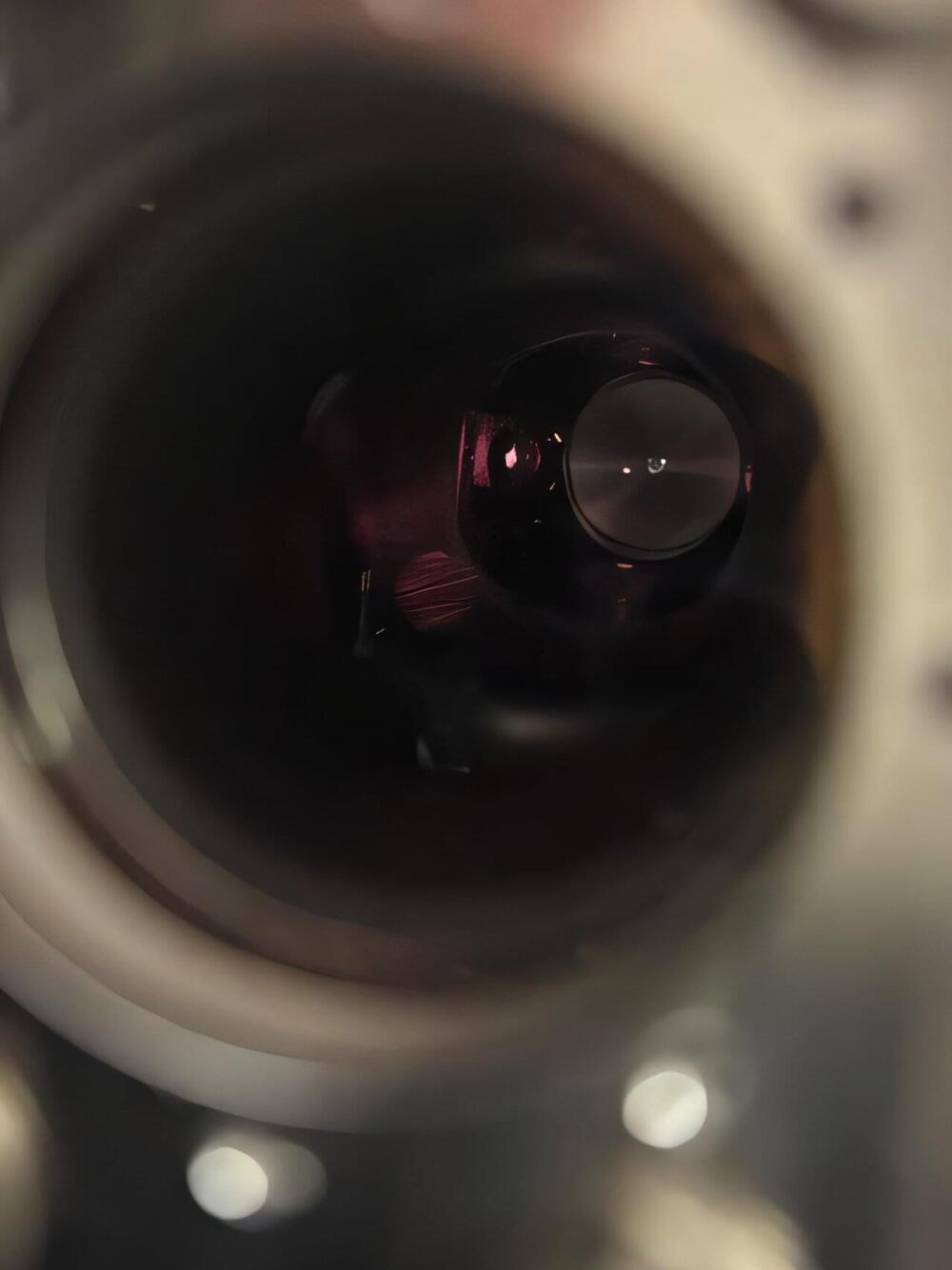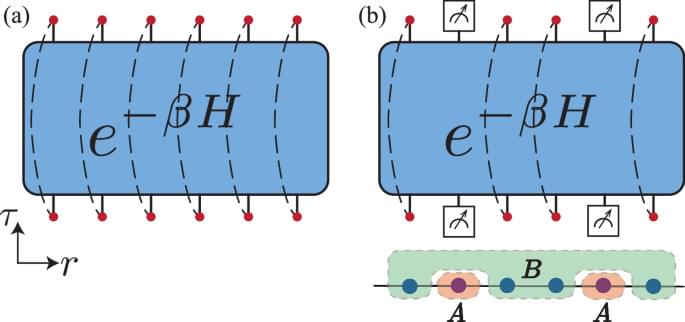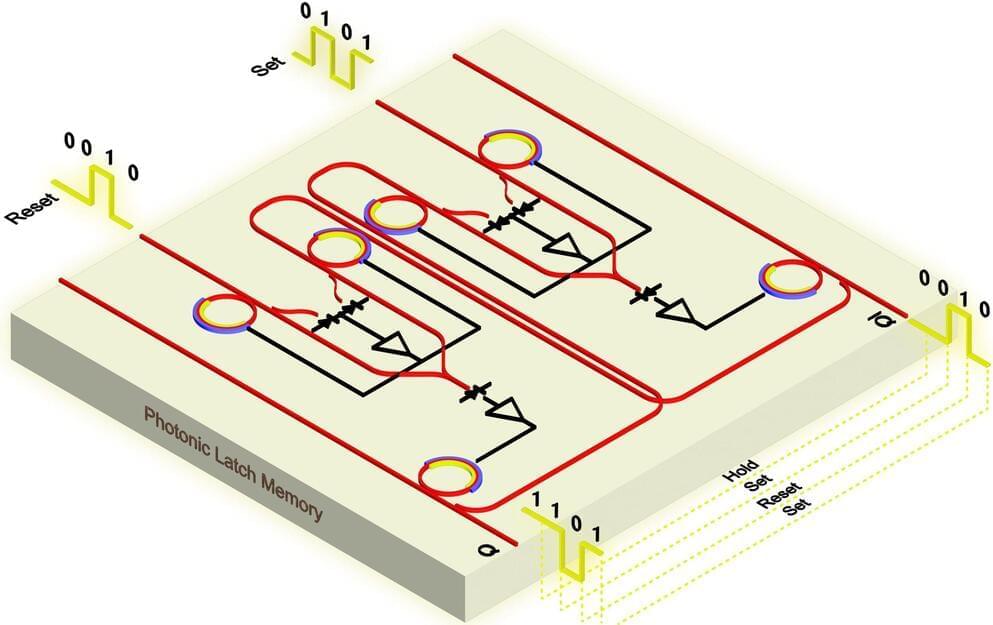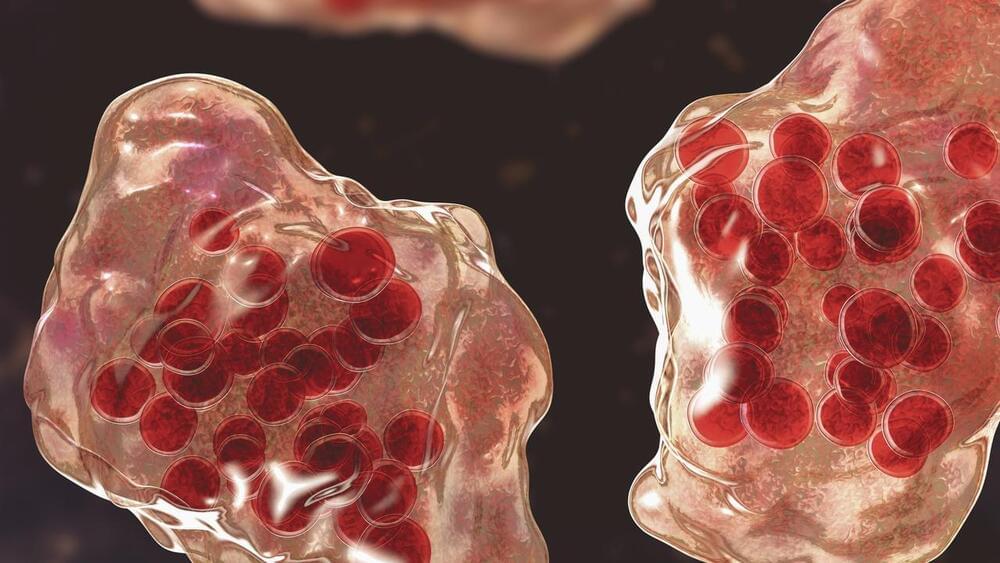Scientists at the National Institute of Standards and Technology (NIST) have created a new thermometer using atoms boosted to such high energy levels that they are a thousand times larger than normal. By monitoring how these giant “Rydberg” atoms interact with heat in their environment, researchers can measure temperature with remarkable accuracy. The thermometer’s sensitivity could improve temperature measurements in fields ranging from quantum research to industrial manufacturing.
Unlike traditional thermometers, a Rydberg thermometer doesn’t need to be first adjusted or calibrated at the factory because it relies inherently on the basic principles of quantum physics. These fundamental quantum principles yield precise measurements that are also directly traceable to international standards.
“We’re essentially creating a thermometer that can provide accurate temperature readings without the usual calibrations that current thermometers require,” said NIST postdoctoral researcher Noah Schlossberger.








